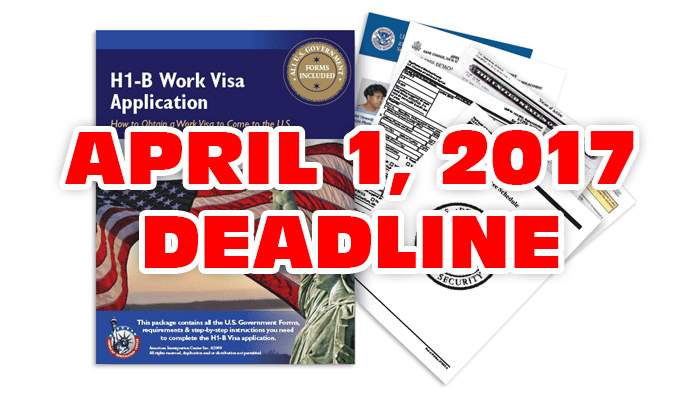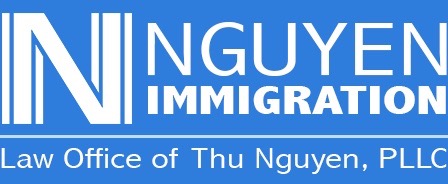H-1B Employers: Ready for the Upcoming H-1B Cap Season?

The competition for H-1B professional worker visas begins April 1, 2017. Employers of recently graduated foreign students and others will vie for new visas, which are limited to 65,000 per fiscal year (the “H-1B cap”). And of these, 6,800 are reserved for citizens of Chile and Singapore under certain free trade agreements, effectively leaving only 58,200 new H-1B visas for other foreign nationals.
Employees holding U.S. master’s degree or higher have a slight advantage. Congress carved out an exemption of 20,000 visas for this group (“master’s cap”). If a qualifying petition does not make the master’s cap, it gets a chance to compete for the 58,200 regular cap.
For FY 2018, the USCIS will start accepting H-1B petitions on April 1, 2017. Any petitions received before that date will be rejected. If USCIS receives more than 65,000 petitions during the first five business days, and it will, the agency will conduct a “lottery” to select a sufficient number of petitions to meet the regular cap. Your petition along with application fees will be returned if it is not selected.
What does this mean for your business? Plan in advance. Have your petition prepared and ready for filing on April 1, 2017, leaving no reason for rejection other than luck of the draw.
Assuming that you already have a candidate who meets all of the requirements for an H-1B visa, here are a few practical tips to consider:
- Start early. Applying for an H-1B visa is a two-step process. Knock out the first step early on. Find out the government’s wage data and have the Labor Condition Application certified by February 2017. If the government’s wage data is missing, you might need to request a prevailing wage determination, which can take two months. If you submit the prevailing wage request in January, you won’t miss the cap because of this issue.
- Gather relevant information. Have your foreign worker gather credentials now. For some, it may take them longer than anticipated to gather their documents depending on their home country. Also, if your employee has a foreign degree, make sure to have a credential evaluation done to prove degree equivalency. Determine whether the worker has other nationalities that could qualify him for other visa options. For example, a Brazilian employee could hold Chilean citizenship as well, qualifying him for the H-1B1 visa for Chileans.
- Know your options. In the event your H-1B petition does not make the H-1B cap, there may be alternative work solutions. For example, your employee may qualify for an L-1 visa if your company is a global multinational corporation. Or, if the employee is a citizen of Canada or Mexico, TN status may be available. Similarly, an Australian employee may qualify for the E-3 visa. E-1/E-2 treaty visas may be an option if the foreign employee has a multinational employer who is willing to transfer them. Consider whether the employee is a dependent of another visa holder eligible for an EAD. Again, there may be other options. Find out what they are.
H-1B visas and our immigration system are complex. Consult a qualified immigration attorney now to simplify the process and map out a plan to hire or retain your valued foreign employees.
The information provided in this article is intended to help you understand basic issues involved in the immigration process, and are offered only for general informational and educational purposes. This information is not offered as, nor does it constitute legal advice or legal opinions. You should not act or rely upon the information in this article without first seeking the advice of an immigration attorney.

